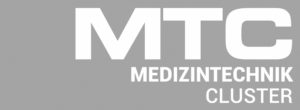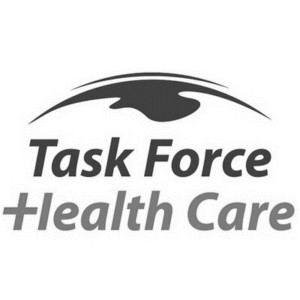The vagus nerve is one of 12 pairs of cranial nerves that originate in the brain and is part of the autonomic nervous system, which controls involuntary body functions. The nerve passes through the neck as it travels between the chest and abdomen and the lower part of the brain. It is connected to motor functions in the voice box, diaphragm, stomach and heart and sensory functions in the ears and tongue. It is connected to both motor and sensory functions in the sinuses and esophagus.
Vagus nerve stimulation (VNS)
VNS sends regular, mild pulses of electrical energy to the brain via the vagus nerve, through a device that is similar to a pacemaker.
There is no physical involvement of the brain in this surgery and patients cannot generally feel the pulses. It is important to keep in mind that VNS is a treatment option limited to select individuals with epilepsy or treatment-resistant depression.
Individuals with any of the following criteria may potentially be unsuitable candidates for VNS:
- One vagus nerve
- Receiving other concurrent forms of brain stimulation
- Heart arrhythmias or other heart abnormalities
- Dysautonomias (abnormal functioning of the autonomic nervous system)
- Lung diseases or disorders (shortness of breath, asthma, etc.)
- Ulcers (gastric, duodenal, etc.)
- Vasovagal syncope (fainting)
- Pre-existing hoarseness
VNS Implantation
This procedure, performed by a neurosurgeon, usually takes about 45-90 minutes with the patient most commonly under general anaesthesia. It is usually performed on an outpatient basis. As with all surgeries, there is a small risk of infection. Other surgical risks of VNS include inflammation or pain at the incision site, damage to nearby nerves and nerve constriction.
The procedure requires two small incisions.
- One is made on the upper left side of the chest where the pulse generator is implanted
- Second incision is made horizontally on the left side of the lower neck, along a crease of skin. This is where the thin, flexible wires that connect the pulse generator to the vagus nerve are inserted.
The device or implant
is a flat, round piece of metal that measures about an inch and a half (4 centimeters) across and 10-13 mm thick, depending on the model used (Pulse Generator, Figure 1). Newer models may be somewhat smaller.
The stimulator contains a battery, which can last from one to 15 years. When the battery is low, the stimulator is replaced with a less invasive procedure which requires only opening the chest wall incision.
The stimulator
is most commonly activated two to four weeks after implantation, although in some cases it may be activated in the operating room at the time of implantation. The treating neurologist programs the stimulator in his or her office with a small hand-held computer, programming software and a programming wand. The strength and duration of the electrical impulses are programmed.
Patients are provided with a handheld magnet
All maneuvers performed with the magnet can be done by the patient, family members, friends or caregivers.
Side effects are most commonly related to stimulation and usually improve over time.
Of these, hoarseness, coughing, throat tickling and shortness of breath are the most common and are usually temporary.
Patient Tips/Guidelines
If you have received VNS, you should monitor your condition and overall health closely. If any of the following occur, call your doctor right away:
- Constantly hoarse voice
- Stimulation which becomes painful or irregular
- Stimulation which causes choking, breathing or swallowing difficulties or a change in heart rate
- Changes in your level of consciousness, such as increased drowsiness
- Signs that the pulse generator may not be stimulating properly or that the battery is depleted (the device stops working)
- Any new or unusual changes related specifically to the stimulation
In addition, you should call your physician before you undergo any medical tests that might affect, or be affected by VNS, such as magnetic resonance imaging (MRI), or before you have any other medical devices implanted.
Epilepsy
The goal of VNS is to reduce the number, length and severity of seizures. VNS may also reduce the time it takes to recover after a seizure. However, VNS is not successful in all patients. The success of this treatment differs — some patients report less frequent seizures, others report a slight reduction, while some patients do not respond at all.
Treatment-Resistant Depression
Soon after VNS was approved by the FDA as a seizure treatment, reports indicated a possible decrease in depression symptoms in patients who had the device implanted for seizure control. Like electroconvulsive therapy, VNS is believed to work by using electricity to influence the production of brain chemicals called neurotransmitters. Depression has been tied to an imbalance in those chemicals.
VNS should not be considered in patients presenting with any of the following:
- Acute suicidal thoughts or behavior
- History of schizophrenia, schizoaffective disorder or delusional disorders
- History of rapid cycling bipolar disorder
There is much controversy on the efficacy of VNS as a treatment for TRD and at this stage, more outcomes data is in progress. Currently, VNS is not a covered benefit of most insurers for TRD. However, depending on the results of pending studies it may once again reach the point of insurance coverage.
To get more insight please have a look into the article of AANS (American Association of Neurogical Surgeons):
https://www.aans.org/en/Patients/Neurosurgical-Conditions-and-Treatments/Vagus-Nerve-Stimulation











